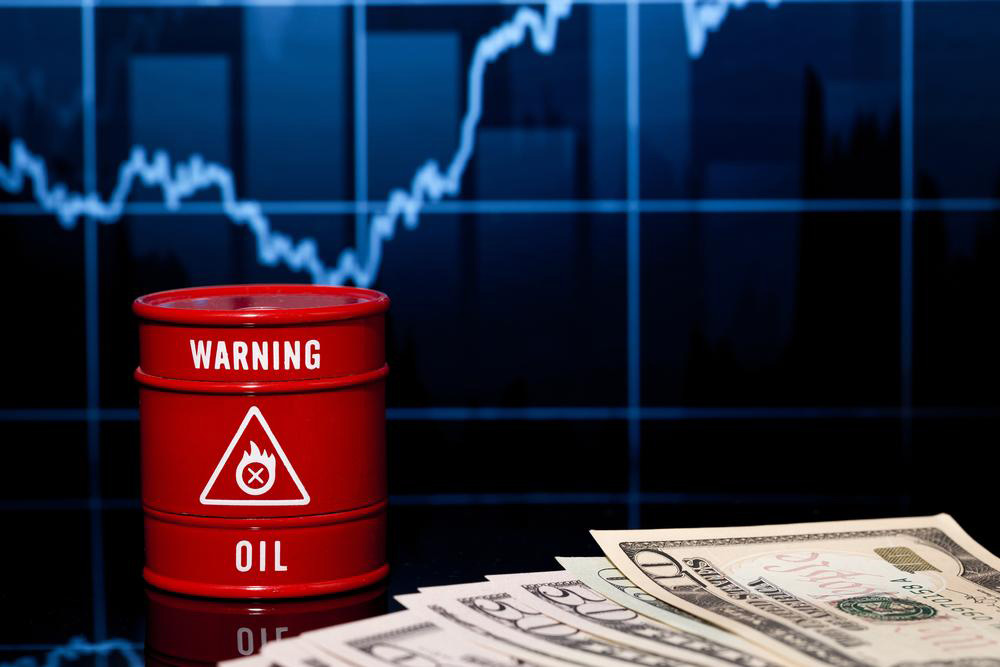Comprehensive Guide to Crude Oil Futures Trading
This comprehensive guide explains crude oil futures trading, highlighting essential reports, contract details, market influences, and key factors affecting prices. It offers traders a clear understanding of the dynamics involved in crude oil markets and how to approach trading strategies effectively.
Sponsored

Understanding Crude Oil Futures
Crude oil remains one of the most recognized fossil fuels globally. As the raw, unrefined form of petroleum, it is a highly traded commodity, attracting investors worldwide. Its prices are constantly influenced by news, geopolitical events, and market dynamics, providing numerous trading opportunities. Here's an overview of essential information regarding crude oil futures:
Key Crude Oil Reports
The primary report for crude oil is the Energy Information Administration (EIA) weekly report, released every Wednesday at 10:30 PM EST.
Crude Oil Contract Specifications
Crude oil's symbol is CL, traded on the NYMEX with standard contracts of 1,000 barrels.
Basics of Crude Oil
Crude oil is processed to produce products like jet fuel, diesel, heating oil, and gasoline. Processing approximately 3 barrels of crude yields one barrel of heating oil, and about 2 barrels produce a barrel of gasoline. The most traded grade is Light Sweet Crude (NYMEX), while Brent Crude (London) is also popular. Major oil-producing countries include the US, Saudi Arabia, and Russia.
Market Trends and Price Influences
The crude oil market is highly volatile, with prices driven by supply-demand shifts, geopolitical tensions such as Middle East conflicts, economic data releases, and supply constraints. During market shocks, traders quickly close short positions by placing buy orders, causing rapid price swings. The US dollar's value significantly impacts prices: a weaker dollar tends to elevate oil prices, while a stronger dollar suppresses them. Additionally, stock market performance influences prices; a robust economy boosts oil prices, but excessive increases may lead to declines. Crude oil futures generally follow trending markets dominated by upward or downward biases.






